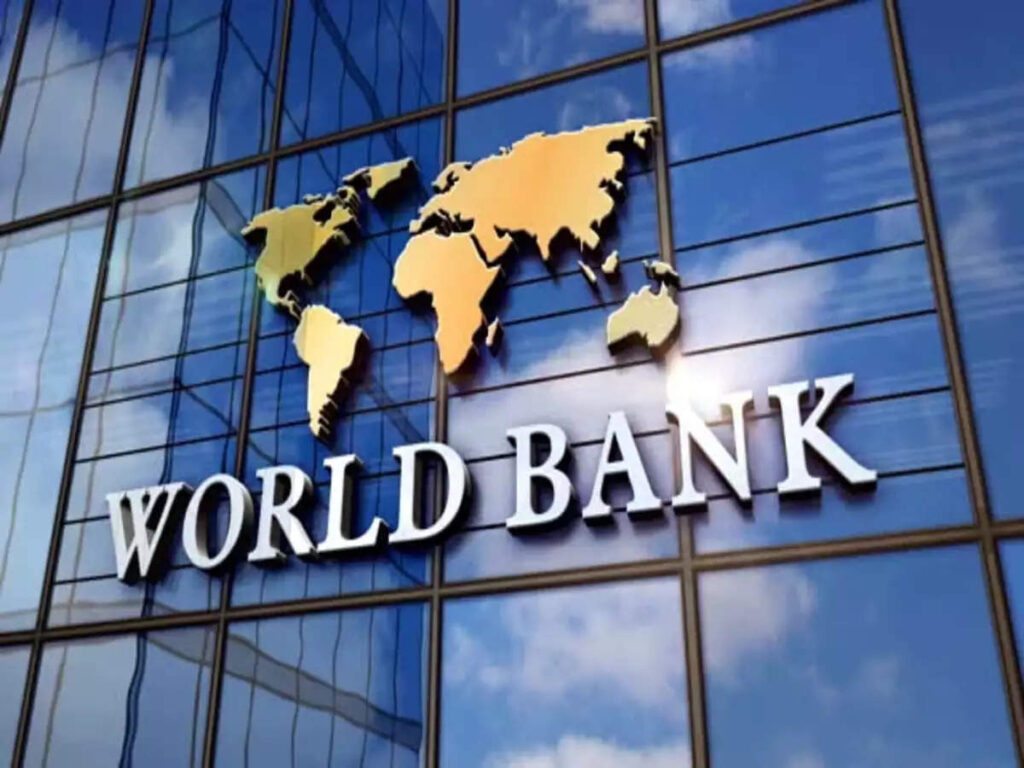Kenya Power is the national electric utility company of Kenya, responsible for the generation, transmission, and distribution of electricity across the country. The company was established in 1922, and it is listed on the Nairobi Securities Exchange.
Challenges faced by the company
Kenya Power has faced various challenges over the years, including power outages, billing disputes, and allegations of corruption. The company has been working to address these issues and improve its service delivery, including the implementation of a new billing system and the expansion of its transmission and distribution infrastructure.
Kenya Power has also been focusing on increasing the use of renewable energy sources, such as wind and solar, in its power generation mix. This is in line with Kenya’s national goal of achieving universal access to electricity by 2022 and transitioning to a low-carbon economy. To have a more detailed understanding of their company, go through their site –https://www.kplc.co.ke/.

Despite the challenges, Kenya Power remains an important player in Kenya’s energy sector and a key contributor to the country’s economic growth and development.
What is The World Bank ?
The World Bank is an international financial institution that provides loans, grants, technical assistance, and other forms of financial support to developing countries. Its mission is to reduce poverty, promote sustainable economic growth, and improve living standards in the countries it serves. The World Bank is made up of two main institutions: the International Bank for Reconstruction and Development (IBRD) and the International Development Association (IDA). It also includes several other specialised agencies, such as the International Finance Corporation (IFC) and the Multilateral Investment Guarantee Agency (MIGA).

The World Bank works closely with its member countries to develop and implement development projects and programs, and it is committed to promoting environmental sustainability, social inclusion, and good governance in its operations.
Empowering Kenya: World Bank Offers $300 Million
The World Bank has provided financial and technical support to Kenya Power over the years to help improve the country’s electricity infrastructure, expand access to electricity, and promote sustainable development.
Here are some ways in which the World Bank has supported Kenya Power:
Financing: The World Bank has provided loans and grants to Kenya Power to finance various projects, including the development of new transmission and distribution infrastructure, the installation of prepaid electricity metres, and the implementation of a new billing system.
Technical assistance: The World Bank has provided technical assistance to Kenya Power to help improve its operations and management practices. This has included support for capacity building, training programs, and advisory services.
Renewable energy: The World Bank has supported Kenya Power’s efforts to increase the use of renewable energy sources, such as wind and solar, in its power generation mix. This has included financing for the development of new renewable energy projects and technical assistance for integrating renewable energy into the grid.
Access to electricity: The World Bank has supported Kenya Power’s efforts to expand access to electricity for its citizens, particularly those in rural areas. This has included financing for the development of off-grid renewable energy systems and support for electrification programs targeting low-income households.

Conclusion
Overall, the World Bank’s support for Kenya Power has helped to improve the reliability and quality of electricity service in Kenya, increase the use of renewable energy, and expand access to electricity for more of the country’s citizens. The World Bank is poised to provide a 40.8 billion shilling ($300 million) interest-free loan to state-run Kenya Power and Lighting Company (KPLC) to help repay debts and rebuild its ageing transmission network.

The loan will be released under a seven-year programme dubbed ‘Green and Resilient Expansion of Energy,’ Business Daily newspaper reported on Wednesday.
Kenya Power’s debt to electricity producers and other suppliers stood at 87.5 billion shillings in the year ended June 2022, with 103.84 billion shillings in loans from local and foreign banks in the same period.
If you liked this reading, and want to read more of our handcrafted blog posts, visit our Blog page.

No responses yet